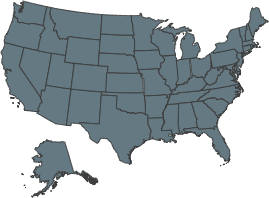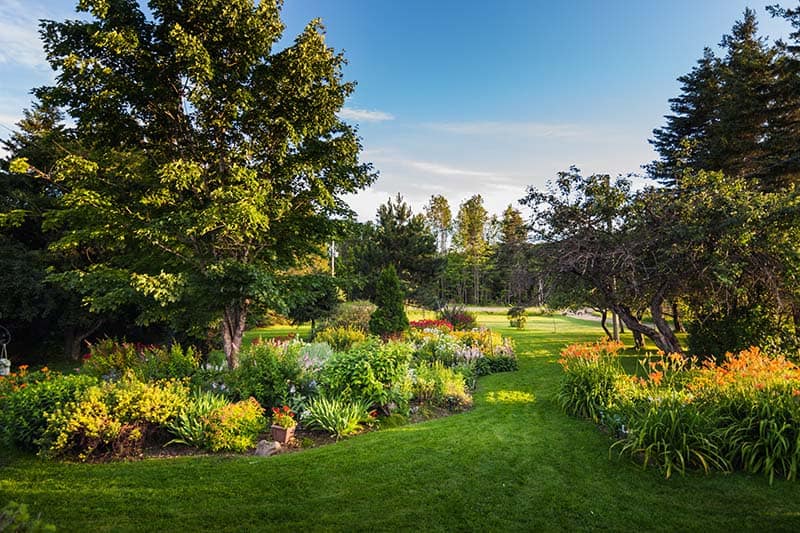
Homeowners often turn to landscaping and diligent lawn care to increase the curb appeal of their home—whether they are trying to sell their home or simply want a more welcoming frontage. However, some landscaping choices actually hinder the value of a home rather than increase it, so it is important to consider each aspect carefully while planning out the look of your yard.
Below are some tips on how to make smarter landscaping decisions so that you don’t make expensive mistakes.
Match Landscaping to the House

Think of landscaping as an extension of the home. The landscaping and the outside of your home should have a similar theme, or the effect could be jarring, unnatural, and unpleasant to the eye. For instance, a Japanese garden set in front of a ranch-style home. Both are perfectly beautiful on their own, but together, they do not work.
Do:
- Take time to plan.
- Consider the home’s style when determining what type of landscaping to choose.
- Start with small changes, and add as you go.
Don’t:
- Don’t plant monstrous trees and lavish flower beds in front of a tiny house and vice versa; keep things in scale.
- Don’t overdo things, especially at first. Let your landscaping needs reveal themselves to you over time.
Choose Plants Wisely
Whether you are looking to sell your home or not, choosing the right plants that work for your area will pay dividends in lower maintenance costs and/or increased property value.
Do:
- Choose native plants as they cost far less to maintain than non-native plants. That is because native plants are well adapted to the specific climate and may not require as much watering and care. Homebuyers will also see the added value in this.
- Pick out plants that will work with your soil with minimal care. Certain plants and trees can dry out your soil and potentially cause issues with ground shifts and shrinking, which could affect your home’s foundation. Be sure to thoroughly check soil moisture levels in your area.
- Look at what works and does not work in the neighbor’s yard. If something is struggling in the yard across the street, it is likely to struggle in your yard as well.
Don’t:
- Don’t assume that your soil is healthy. Have it tested before you begin, which can save you time and money in the long run.
- Don’t put in landscaping that requires a ton of maintenance as your potential buyers may see it as an added burden.
- Don’t choose the wrong plants. While ivy can look beautiful on the side of a house, the vines can damage paint, siding, and even brick as it grows, which can cause issues with structural integrity. If it reaches the roof, it can cause even more costly damage.
Perform Basic Lawn Care and Maintenance
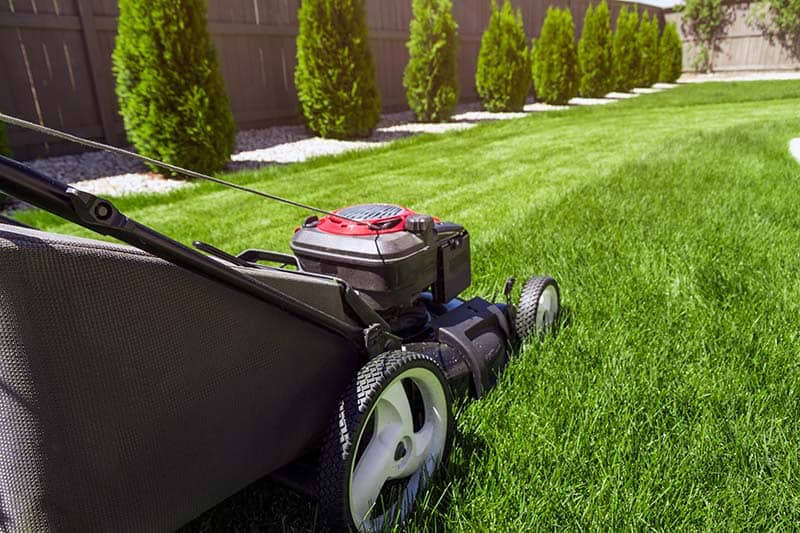
According to a 2018 Remodeling Impact Report from the National Association of REALTORS and National Association of Landscape Professionals, performing standard lawn care on a property before selling it recovered 267 percent of the costs to pay for that lawn care service.
Once a fresh new landscaping job is complete, many people forget that in order to keep it looking great it will require a lot of work, with some areas needing more care than others. Winding pathways look pretty but need to be trimmed around the edges and weeded carefully. Showy flowers need watering, pruning, and deadheading to stay lush. Trees need to be fertilized and cared for or they could give up and die.
Do:
- Make sure you understand the care required for every aspect of your landscaping plans—fountains need to be cleaned, lighting may need to be replaced, and on and on.
- Stay on top of basic lawn care needs including mowing, watering, aerating, fertilizing, weeding, etc. If you are looking to sell in the next year then a small amount of investment in this area will drastically increase your ROI. It’s the first thing people see when stepping on your property for the first time. If you aren’t looking to sell, then it’s a great way to up your lawn game in the neighborhood.
- Add a layer of quality mulch. A fresh layer of mulch is a simple act that can completely transform a landscape from looking dried out to lush.
Don’t:
- Don’t just grab things that catch your eye at the garden supply store—read the labels, and understand the care that will be needed.
- Don’t neglect your yard and assume everything will survive. Different seasons call for different maintenance tasks. For example, if you do not water the lawn during the heat of summer, your grass could die and force you to then start a lawn over from scratch, which is costly and an even bigger eyesore until it gets sorted out.
Keep it Simple
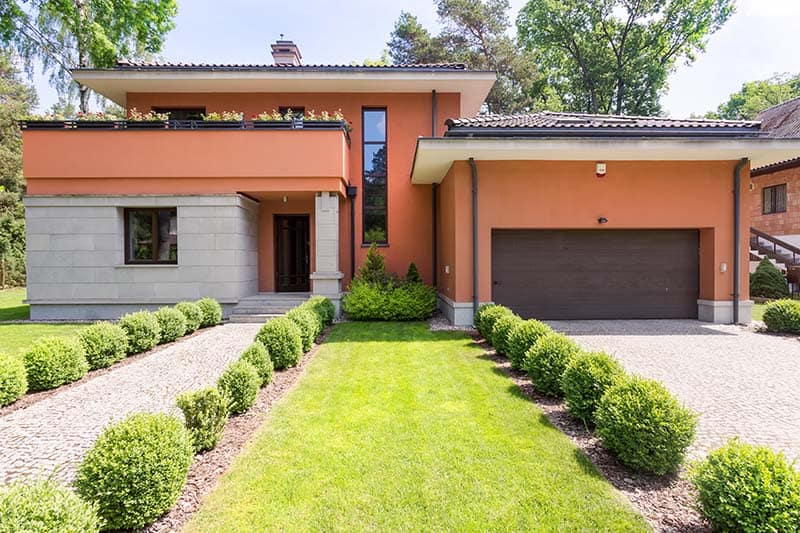
There are small, simple changes that will always be in style and increase the value of a property. However, on the flip side of this, a front yard that is littered with various types, sizes, and styles of lawn ornaments can hinder value. A little restraint goes a long way when it comes to fixtures.
Do:
- Put in walkways. Simple and clean walkways are very welcoming and provide a great return on investment.
- Planting flowering shrubs are beautiful additions to any landscape and they are always desirable to buyers.
- Consider the size of your area before you purchase fountains or statues, especially if they are very large.
- Lighting is a great way to add style plus safety to your yard.
- Consider the upkeep and costs of these types of extras. Fountains and small koi ponds need maintenance, or they can quickly become unsafe eyesores. Extra lighting and/or fountains require electrical or solar setup.
Don’t:
- Don’t forget that you are going to need a continual water and power source for fountains.
- Don’t forget that you will need an outlet for wired lighting and other electrical components.
- Don’t fall into the trap of adding just a little something more to your landscaping without really considering whether it adds to the appearance or if it is starting to look a bit cluttered and out of control.
- Don’t invest in anything bulky that is subjective to taste. You only want to spend money on additions that have mass appeal if it is to become a permanent fixture in your yard before selling your home.
Plant Trees: Mature Trees Add Value, Dead Trees Lower Value
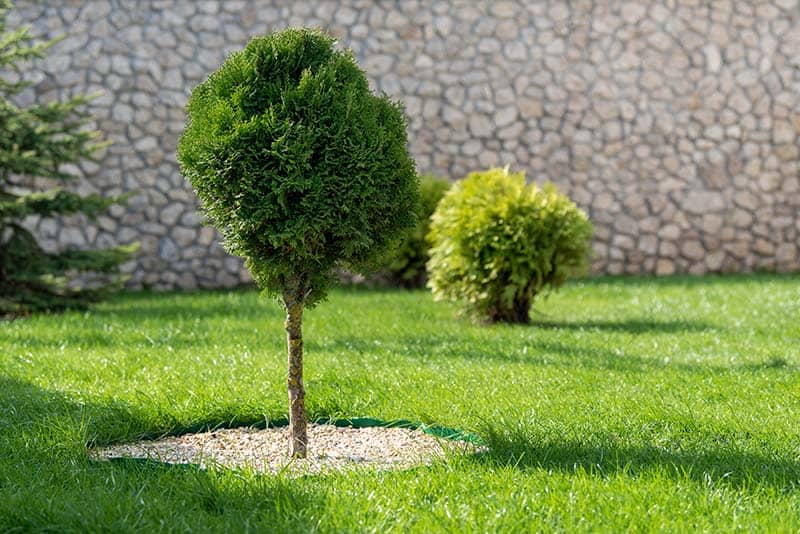
The presences of mature trees on streets and in yards have been found to add 3-15 percent to home values alone. Care for the trees that you do have and remove any that are dead or dying. A dead tree on a property is a red flag for buyers and would drastically reduce value.
Do:
- Regularly prune and trim dead limbs on trees. Not only will this help keep the trees healthier, it will also reduce the risk of weakened limbs breaking off during a storm and becoming a danger to surrounding people and property.
- Make sure to water, fertilize, and mulch around the base of the trees. Properly caring for your trees is an investment in increasing your home’s value.
- Be smart about where you plant trees. If planted strategically, trees can grow to provide shade over your home, which can cut down air conditioning usage and save you money in the hot summer months.
- Remove any dead trees on the property. A dead tree is seen as problematic and dangerous as it can break or completely fall over at any time, in any unpredictable direction.
Don’t:
- Don’t just plant trees and larger plants without considering what they do. Roots tend to wrap around pipes, destroy walkways, and more. Trees also drop leaves and other debris, which can clog gutters, destroy water features, and make owning a pool that much harder. Some trees are worse at this than others.
- Don’t plant trees without first considering how large they will eventually grow to be in that particular spot. If it is going to turn into an issue along a neighbor’s property line or endanger a surrounding structure, consider planting it somewhere else.
The changes you make to your home’s landscaping can have a more significant impact on the value of your home than you may realize. Be careful and strategic with the landscaping decisions you make and give your yard the care it needs in order to reap the benefits when it’s time to sell. For more landscape design tips and trends, check out: 35 Best Landscape Design Blogs to find your Inspiration.
